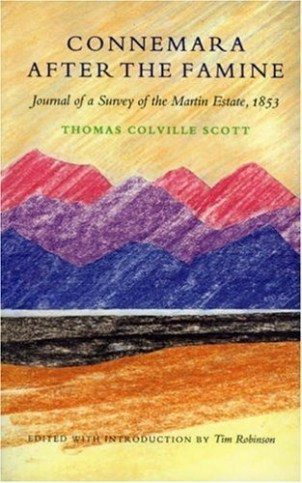
Connemara after the Famine
Journal of a Survey of the Martin Estate, 1853
Edited by:
Publication Date: January 1995
€20.00
In the aftermath of the Great Famine of 1845-52, the Martin Estate in the West of Ireland, 200,000-acres of bog and mountain, was put up for sale. Its mortgagees, the London Law Life Insurance Society, evicted many of the tenants, and in February 1853 sent Thomas Colville Scott to conduct a survey of their property. This is his journal, recently discovered at an auction-house in England.
Thomas Colville Scott records many an extraordinary encounter with individual survivors of the famine, some traumatized into idiocy, others mysteriously bettering themselves on well-nigh invisible means. The descriptions of squalid hostelries, rent-evading tenants, thieving beggars and the works of ‘Papistry’ are those of a cocksure Scots metropolitan – and his account of a meeting of the Clifden Workhouse Guardians is as brutally comic as Thackeray – but his dealings with human flotsam such as the tiny chimneysweep running naked through the snow shows a warm-heartedness that makes this journal as moving as it is richly informative. Drawings by the author and sketches from contemporary guidebooks illustrate the text.
Tim Robinson’s introductory essay locates Colville Scott’s responses within the frame of Connemara history and the nineteenth century. His annotations and map detailing the Martin Estate enable the reader to follow, day by day, the young surveyor on his exploration of ‘this inhabited desolation, Connemara after the Famine’.
‘This slim book is well worth the read for Robinson’s beautiful introduction and the excellent descriptions of history and place around Connemara.’ – Customer review
THOMAS COLVILLE SCOTT was born in 1818. In 1853 he was sent to do a report on the Martin Estate in Connemara by the London Law Life Insurance Society. His journals, printed by Lilliput as Connemara After The Famine, with an introduction by Tim Robinson, were discovered at an auction-house in England.
ABOUT THE EDITOR
TIM ROBINSON, map-maker and writer, was born in England in 1935. He studied mathematics at Cambridge and worked as a teacher and artist in Istanbul, Vienna and London. In 1972 he moved to the West of Ireland and began writing and making maps. Stones of Aran: Pilgrimage, published in 1985, won the Irish Book Award Literature Medal and a Rooney Prize Special Award for Literature in 1987. Stones of Aran: Labyrinthappeared in 1995, and Setting Foot on the Shores of Connemara was published in 1996. My Time in Spacewas published in 2001. A collection of stories and speculative essays, Tales and Imaginings, was published by Lilliput in 2002. He edited and introduced the widely acclaimed Connemara After the Famine by Thomas Colville Scott (Lilliput, 1995).
| ISBN | 9781874675693 |
|---|
| Weight | 0.25 kg |
|---|---|
| Dimensions | 135 × 215 mm |
| Publication Date | January 1995 |
| Format | Paperback, 126pp |
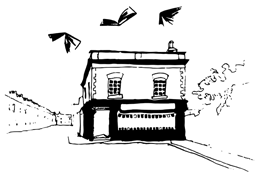
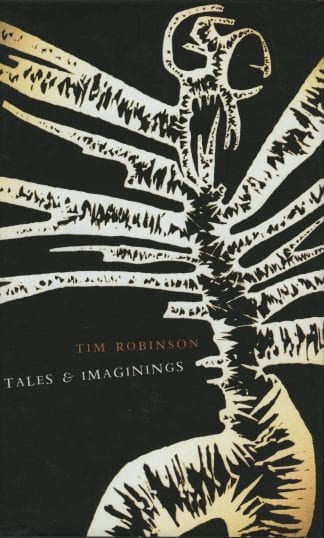
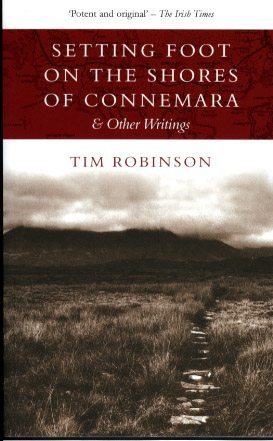
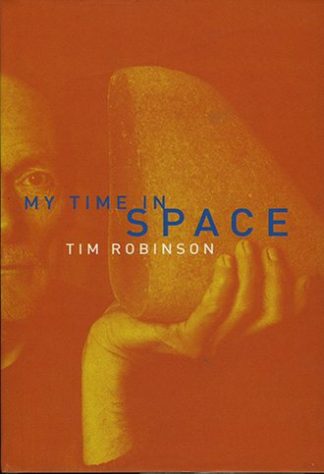

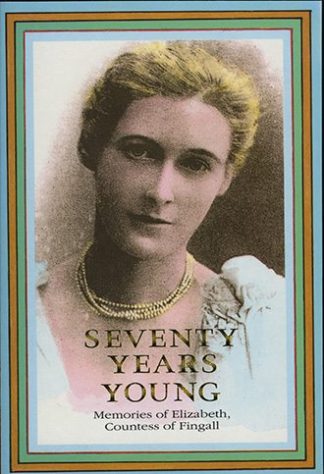
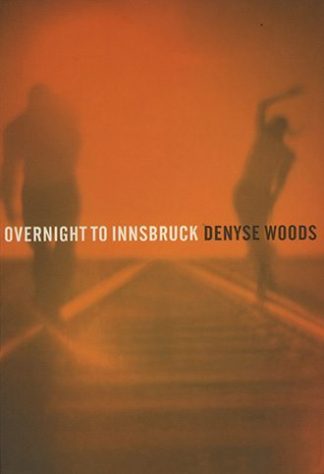
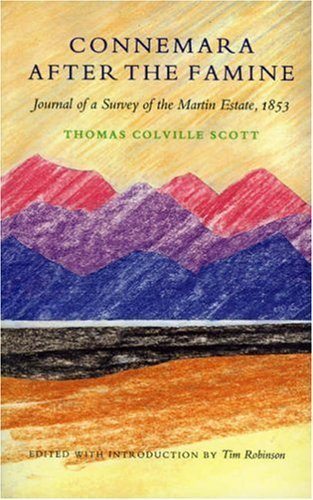
Lilliput Press –
“I ordered the book because it covered a part of Ireland where my mother is from and my both of my father’s parents originated. I was happy to read about both locations in the author’s words. The author was a Scottish surveyor that was assessing the land for the English corporate owner. The Martin’s lost ownership through bankruptcy. It is a very stark description of the conditions and one of the most disturbing, recurrent themes is of the surveyor coming upon houses with bleached skeletons in them; remnants of the famine that had ended several years before. The author frequently appears sympathetic to the lot of the Irish residents of the land he is surveying but when he recounts their plight from in front of his fireplace in England he easily reverts to blaming their plight on laziness and “lack of industry.” I would recommend this to anyone interested in the famine. It is a unique view from contemporary disinterested party. The author doesn’t have an agenda but he definitely has a point of view.” JOE